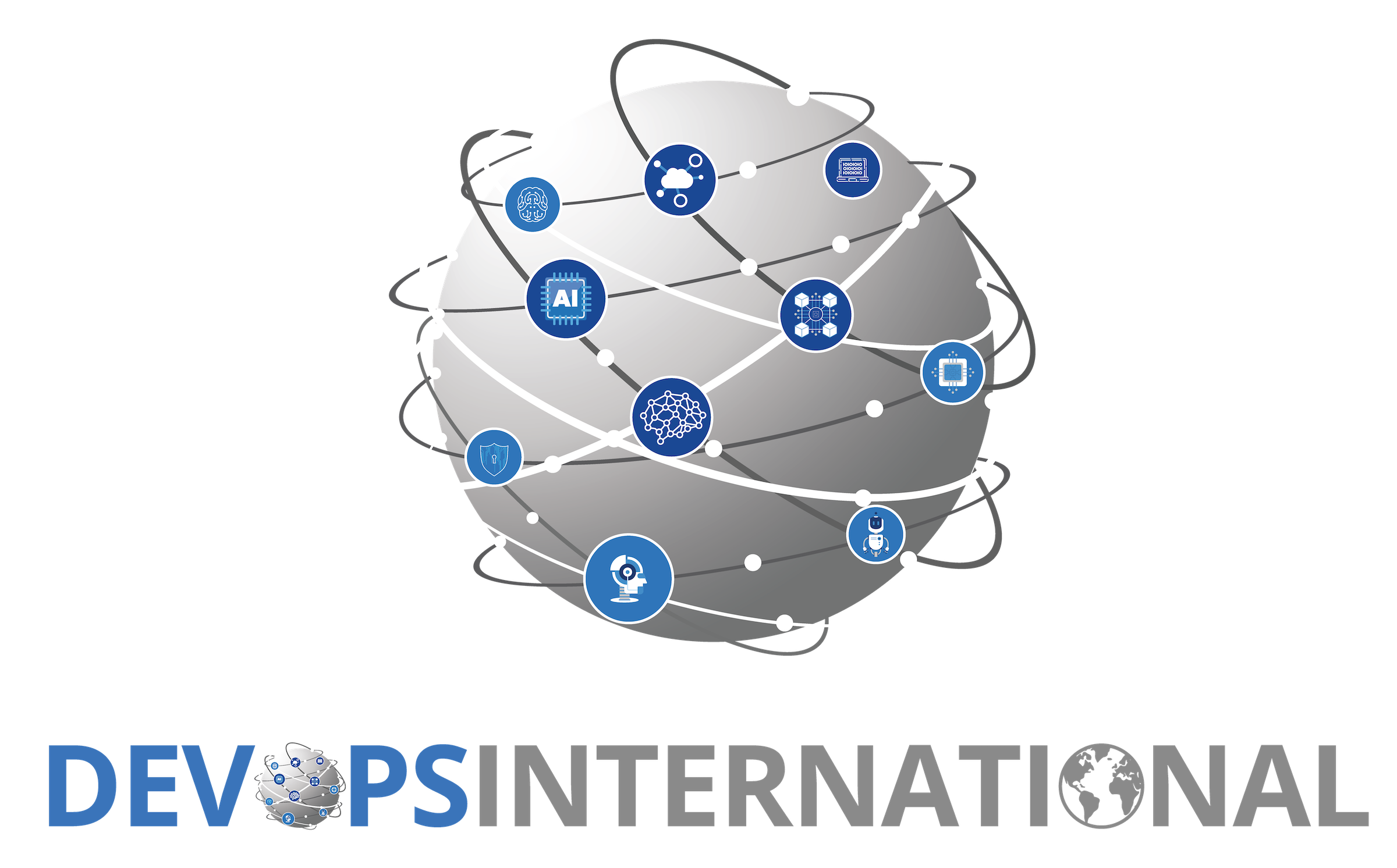
EXPONENTIALLY ACCELERATE CIRCULARITY
Digitisation will be fundamental in the realisation of the circular economy. Probably the most impactful activity towards a global circular economy!

CEI REDUCES ADOPTION BARRIERS, COST, RISK & TIME
CEI accelerates the realisation of the Circular Economy and allows more circular business models to be commercially and environmentally viable

"A 1.5 WORLD CAN ONLY BE A CIRCULAR WORLD"
We want to exponentially accelerate this 1.5 ºC transformation to a world with less waste and emissions. As well as reducing the need for 1.7 planets by 2030, while creating 700.000 new jobs.
The Circular Economy Internet
-
A digital toolbox to support circular economy business models
-
Let a thousand flowers bloom - Allows innovators around the globe to realise applications on top, that are immediately available globally, extending the commercial potential and the speed of global realisation of the best Circular Economy solutions
-
The insignificant cost to participate allows small and medium-sized enterprises and emerging markets to efficiently participate in the circular economy.
-
Interoperability by design
The Power of the Crowd
We do not expect we have all the answers, we need help from the global crowd.
The CEI is an open software platform with ready-made tools that allows innovators around the globe to realise value-adding interoperable applications on top, and industries and regions to extend according to their specific needs.
All being made globally available in CEI's application registry.
Governed by The Circular Economy Internet Society
The CEI Society ensures the CEI is designed to be politically, commercially, and competitively neutral. Where no one person, company, organisation, or government controls the Circular Economy Internet.
Thereby representing a shared global public good, that accelerates the realisation of a global coherent circular economy across sectors.
The CEI Society ensures the development and application of shared principles, norms, rules, decision-making procedures, and programs that shape the evolution.
Circular Economy Internet Digital Components
CEI will be designed to be politically, commercially, and competitively neutral. Thereby representing a shared global public good, that accelerates the realisation of a circular economy (CE) across sectors.
Part Tracking (PT)
Products are assembled of parts from several industries and numerous; it is necessary with a global foundation. The PT ensures an interoperable global exchange of information from individual solutions.Living system effect (LSE)
When chemical substances and technical mix effect on living systems has been studied, the LSE ensures the result is available in a global interoperable format.Product of Service (PoS)
The product of service concept enables products to be supplied as a service /e.g. five thousand hours smartphone use, instead of being bought, owned, and disposed of by consumers. Product of Service supports a business model of upcycling where the producer takes back the old model, and uses its materials for new products.Circular Material Passport Engine (CMPE)
Generic component that supports digital cradle to cradle passports. The maritime industry, the car industry, the white goods industry will create extensions for their specific needs. The individual companies can then make their application on top of the extensions, or the industry can create generic applications.Urban mining (UM)
One of the potential benefits of the circular economy is that we can start using our above ground urban mines, instead of geological mines. This means that when e.g. houses are demolished we know (e.g. through the CMPE) what materials they are made of, and are therefore able to “mine” directly from the demolition site.The Sharing Economy (SE)
A generic engine that supports the sharing economy. Making it easier to share public and private assets that would otherwise be underused. A way to increase access to goods and services without the need for individual ownership.Materials Marketplace/Pool (MM)
A generic engine for an online materials exchange platform. Aligning with circular economy principles, the platform facilitates to keep materials and products out of the landfill and in use. MM will not only reduce waste management expenditure for the city but also provide the means for local businesses to advertise and bid for surpluses.Material substitution (MS)
What are the alternatives to “X”. Description of what is lost with “Y” and “Z”. There are several material substitution databases; the Material substitution gives a shared place to find the information provided by individual Material substitution component-solutions, without jeopardising the particular solution’s business model. Ensures a global interoperable formatProof provider (PP)
Proofing resources utilized or waste generated has been recycled, refactored, etc,,Predicting and resolving (PR)
Predicting and resolving obligations and proofsHazardous packing lot (HPL)
Aggregated database of the location of hazardous material waiting until they can be detoxifiedValue Chain distribution (VCD)
Enables distribution of cost/rewards for environmental impacts throughout the value chainExterior packaging (EP)
Aggregated database with information on how packaging can be reused. One a shared place to find the information provided by individual solutions, without jeopardising the particular solution’s business model. Ensures a global interoperable formatRepair facilitator (RF)
The common engine that enables matching need for repair and repair shopsEvent engine (EE)
Enable everyone in the value chain to publish and subscribe business event - Ensures common situational awarenessCircular Economy Identity and digital signature (CEID)
A global common digital Identity and digital signature for citizen, authorities and business - Ensures Authentication, Authorisation, Confidentiality, Non-repudiation and Tamper resistant. Removes hidden cost from global value chains.Financial flow (FF)
Ensures seamless and low-cost cross border flow of capital as well as trading of obligations, proofs, rewards, etc,Application Registry (AR)
Allows application providers to register their application, and others to discover solutions to their needs. Making all applications globally available and interoperable.CEI Leaders
Meet our leadership team.

Henrik Hvid Jensen
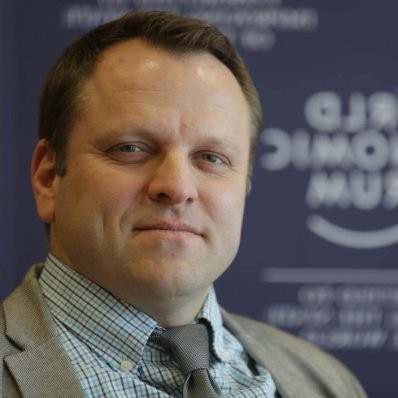
Attila Turos

Wolfgang Lehmacher
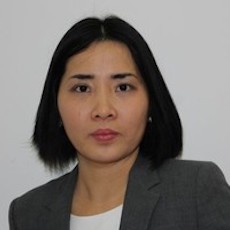
Anh Dao
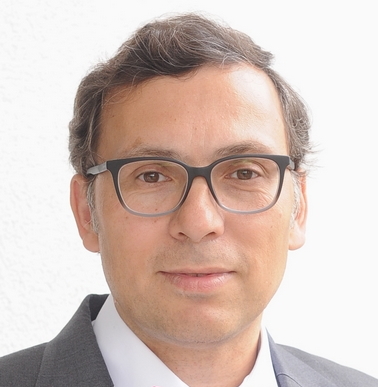
Milon Gupta
Circular Economy Internet
Through the proposed CEI framework, we will be able to accelerate the realisation of a circular economy across sectors exponentially. By designing the Circular Economy Internet (CEI) as an open software platform (Metcalfe’s Law of the network effect) that becomes the digital backbone of the circular economy built underneath the digitisation already underway across industry verticals (Moore's Law of using digitisation for exponential growth).
We believe in the power of the crowd and is, therefore realising the CEI as an open software platform. The CEI will be a digital tool-box, with ready-made digital components supporting circular economy business model allowing innovators around the globe to realise value-adding interoperable applications on top, and industries and regions to extend according to their specific need.
Compared to the linear economy, then the circular economy is a value chain challenge, not an individual business challenge. An essential criterion for CEI is, therefore, to facilitate ecosystem many-to-many interoperability to significantly reducing barriers, cost, and resources for citizens, businesses, and governments to participate in circular economy value chains digitally
.
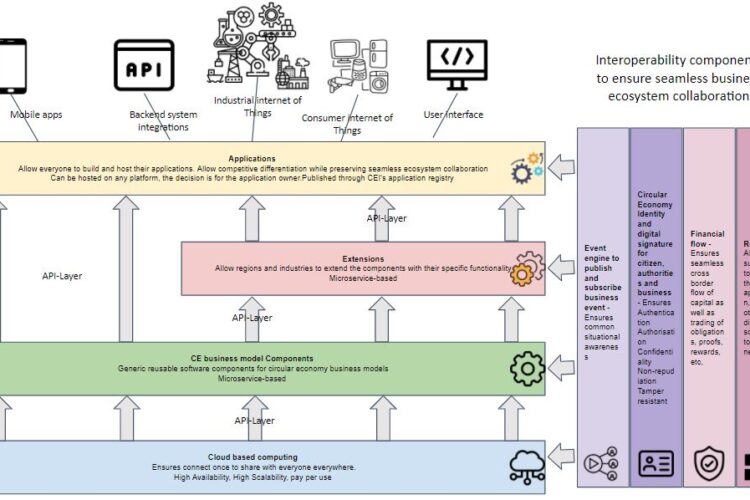
Components (The green and purple)

Extensions (The red horisontal layer)

Application (The yellow horisontal layer)
CEI Initiatives
Please visit the below links and read more about where we have been featured and the CEI team's initiatives.
Featured at Zpryme - Guest Contributor Series
Globally, the circular economy concept is increasingly seen as a way forward to achieve the necessary transformation into a resource-efficient...
CEI Society Pitch at Circular Valley Demo Day in Wuppertal
On 30th August 2021, the Circular Valley accelerator held its first Demo Day at 'Gaskessel Wuppertal', a historic gasometer turned...
World Economic Forum Agenda article - Why digitalization is critical to creating a global circular economy
In a World Economic Forum Agenda article, Henrik Hvid Jensen discusses, why digitalization is critical to creating a global circular...
Digitalisation in a Maritime Circular Economy - Chapter in Maritime Informatics
In a book chapter on "Digitalisation in a Maritime Circular Economy", the CEI Society team explains opportunities and concepts for...
Start of CEI Society participation in Circular Valley accelerator
In an online event on 23rd June 2021, the first batch of startups under the Circular Valley accelerator officially started....
World Bank - Circular Economy and Emerging Technologies
World Bank learning series - Circular Economy and Emerging Technologies Circular Economy (CE) is a paradigm for sustainable growth that...


